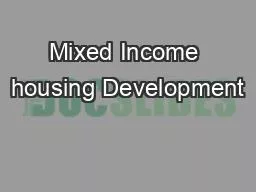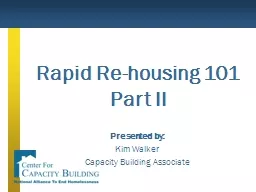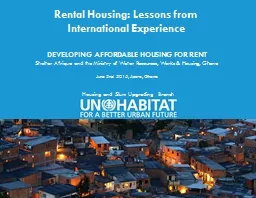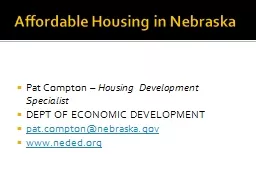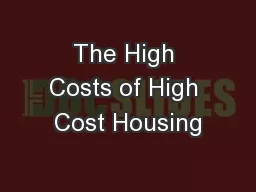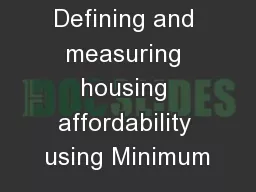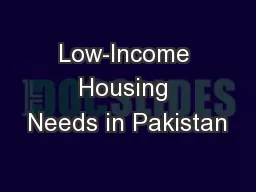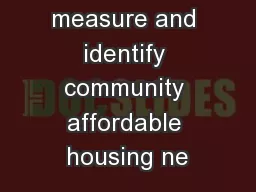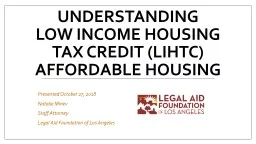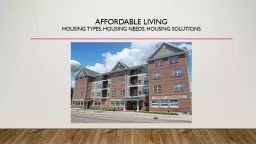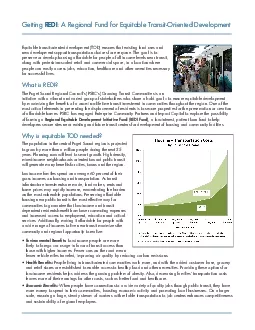PPT-Mixed Income housing Development
Author : leventiser | Published Date : 2020-08-29
Deborah Webster dwebsterccgmecom 505 4017254 Why Mixed Income One source old way Leveraging Sources Designing Master Planned Mixed Income Projects Starts with a
Presentation Embed Code
Download Presentation
Download Presentation The PPT/PDF document "Mixed Income housing Development" is the property of its rightful owner. Permission is granted to download and print the materials on this website for personal, non-commercial use only, and to display it on your personal computer provided you do not modify the materials and that you retain all copyright notices contained in the materials. By downloading content from our website, you accept the terms of this agreement.
Mixed Income housing Development: Transcript
Download Rules Of Document
"Mixed Income housing Development"The content belongs to its owner. You may download and print it for personal use, without modification, and keep all copyright notices. By downloading, you agree to these terms.
Related Documents

